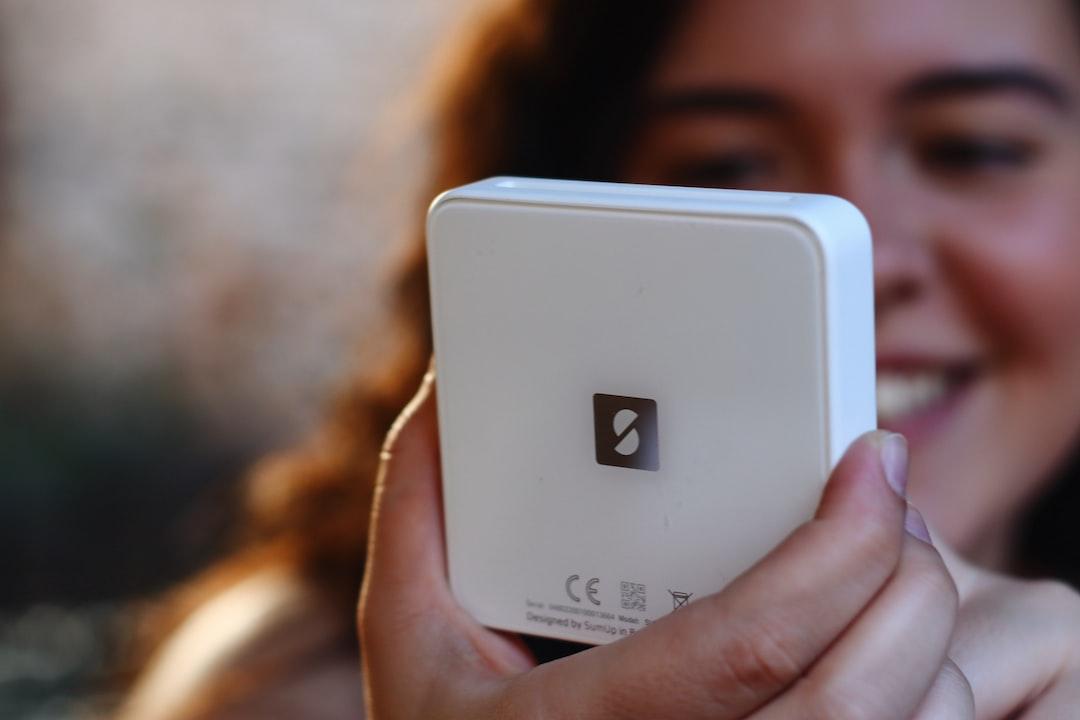Why hasn’t “Palworld,” which borrows elements from various games, been sued for plagiarism?
“Palworld” incorporates gameplay mechanics from a variety of games, including survival gameplay from Ark, monster hunting from Monster Hunter, creature acquisition from Pokémon, building from Minecraft, and the exploitation of real-life.
Furthermore, the design of the game’s characters, the “Palus,” clearly bears resemblance to Pokémon. Some are combinations of two Pokémon, while others are almost identical.
Therefore, when the game was first released, some believed that “Palworld,” which plagiarizes various gameplay elements, would surely be sued by major game developers. However, this is a misconception about copyright law, as gameplay mechanics are considered “concepts” and are not protected under copyright law.
So, why is it safer to plagiarize various games?
When does the infringement of copyright occur between different games? It must be when the “content” of the game itself is “substantially similar” in terms of elements such as visuals, music, artwork, script, and computer programming that make up the game.
Therefore, when the gameplay of “Palworld” is considered to be a plagiarism of various games, the entire game itself does not constitute “substantial similarity” because it only resembles specific parts of other games. So, stop saying that this mash-up game constitutes plagiarism, as it is actually safe.
But what about the individual Palus in “Palworld”? This is worth discussing. First, these Palus can be divided into three categories.
The first category consists of original Palus created for Palworld, such as the mischievous cat in the Pokédex entry 002. These do not constitute infringement.

An original Palu in Palworld, the mischievous cat from Pokédex entry 002.
The second category includes Palus with a high degree of similarity, such as the cloud deer in Pokédex entry 093, which is very similar to Pokémon’s Stantler in terms of color scheme, appearance, and accessories. I believe Nintendo’s legal department should take action against this Palu.

The cloud deer.
Lastly, the most controversial category is the AI fusion type, such as the Ocean Dragon in Pokédex entry 082, which is clearly a fusion of Pokémon’s Dragonite and Suicune. It features the distinct head shape and white stripes of Suicune, along with Dragonite’s standard orb on the tail.

The Ocean Dragon is clearly a fusion of Pokémon’s Dragonite and Suicune.
Looking back, we can say that the modified work differs greatly from the original reference and incorporates new ideas from the creator, therefore leaving room for “fair use.”
In the era of AI, should the threshold for “fair use” be raised?
However, in the current flood of AI-generated fusion images, such works can be easily created with just a click of a button. In the past, artists would spend time and effort to create more differences, but now, simply adjusting the parameters of AI image generation interfaces is enough. In this context, should the threshold for “fair use” be raised?
In my opinion, Nintendo’s legal department should file copyright infringement lawsuits against these fusion-type Palus. This would be meaningful in determining the standards for “fair use.”
In the past, when discussing fair use, the points considered were only the “purpose of the accused infringing work, the nature of the infringed work itself, the similarity between the works (qualitative and quantitative analysis), and the market impact.” However, now the difficulty of generating such works should also be taken into account.
If the accused infringing work is simply a result of a simple one-click image fusion (like the Ocean Dragon in Pokédex entry 082), then the application of “fair use” should be restricted.
AI generation significantly reduces the difficulty of creating derivative works, especially in the age where individuals can perform AI calculations on their own personal computers. In the future, there will undoubtedly be more instances of AI-generated derivative works based on popular IPs.
From the fact that “Palworld” achieved high-quality and high-completion level art design in a very short period of time, to the presence of specific Palus that are clearly fusions of specific Pokémon characters, it can be reasonably inferred that AI has greatly saved on development costs for “Palworld.” The development of works created using AI for derivative purposes will be closely linked to the practical standards of “fair use.”
Viewpoint articles present diverse opinions and do not represent the position of “WEB3+.”
Proofreading editor: Gao Jingyuan
“Perspective: Playing with Copyright Issues in the AI Era through ‘Palworld,’ a Game Accused of Plagiarism, with Characters Resembling ‘Pokémon'”
Related Posts
Add A Comment

